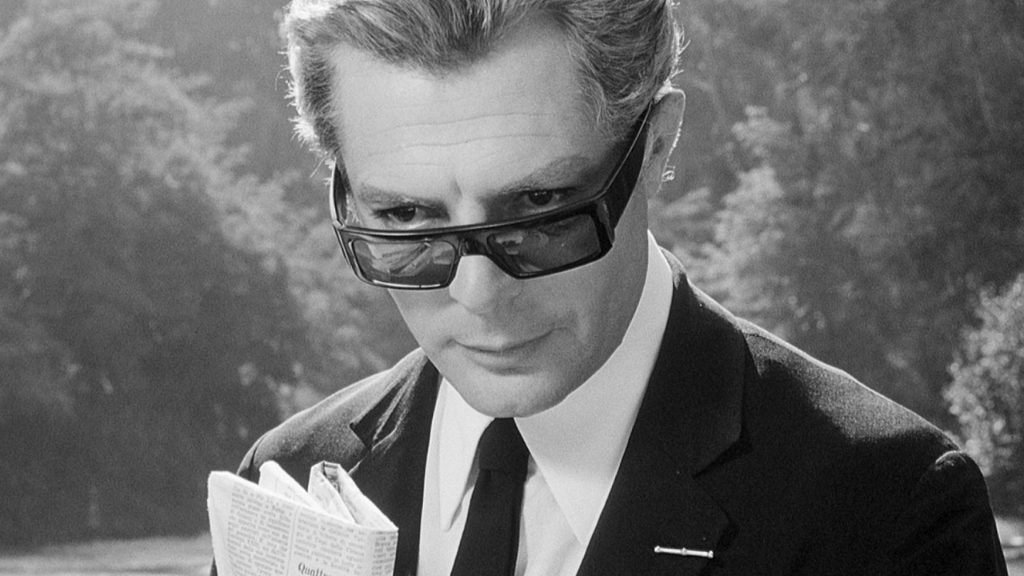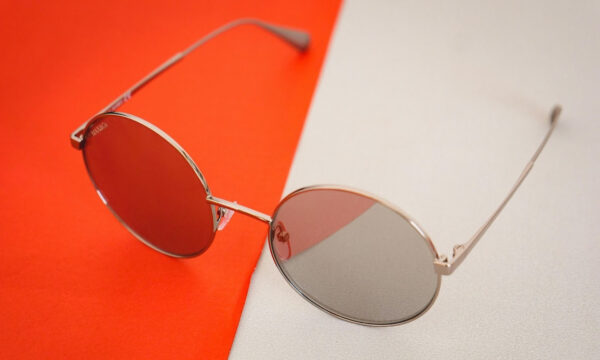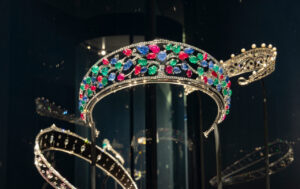If all art is autobiographical, how should we approach it?

Every English Literature undergraduate will be familiar with an essay called The Death of the Author, written by French critic Roland Barthes. In it, he argues that the meaning of a work of art should be completely determined by its reader or viewer, who must avoid being too influenced by “the ‘message’ of the Author-God” at all costs. Of course, when the essay was published, Barthes couldn’t have predicted the existence of the internet, where celebrities broadcast their breakfasts, and musicians annotate their own lyrics on sites like Genius to give fans the true intentions behind their writing.
No matter the medium, all artists process their lives through their work in some way or another, with the intrusion of the press making these autobiographical inspirations all the more apparent. For example, Phil Elverum, who records under the moniker Mount Eerie, responded to the death of his wife Geneviève Castrée from cancer in 2016 with a pair of albums which deal explicitly with his sense of loss. The liner notes to the first of these albums, A Crow Looked at Me, even lists when the songs were written in relation to the date of Castrée’s passing.
Elverum consciously avoided the sort of metaphors which couched his earlier work, noting in an interview with MTV that, in the face of tragedy, “profound thoughts and profound experiences get revealed to be tricks that we play on ourselves, and poetry gets revealed to be just, like, some dumb words that somebody put in an interesting order”. This plainly-spoken approach to art cuts to the quick of Elverum’s grief, but other artists tend to themselves into their work in far less overt ways.
The Italian film director Federico Fellini may have once said that “all art is autobiographical; the pearl is the oyster’s autobiography”, but he also claimed that calling his work autobiographical is “a hasty classification”. So outside of direct responses to tragedies such as Elverum’s, are an artist’s life experiences integral to the way we view their work? And does it even matter in the first place?
Autobiography in the abstract
Creators who work in the field of visual art have it easier than most when it comes to bringing autobiography into their art. As art movements evolved through history, more abstract representations could be called self-portraits, and be as openly representative (or unrepresentative) as the artist wanted. Marcel Duchamp’s 1957 Self-Portrait in Profile consisted of nothing more than a mounted piece of paper, with a torn corner in the shape of the artist’s face; in place of a signature, Duchamp signed it “Marcel déchiravit”, or “Marcel tore this quickly”.
Conversely, the noted British portrait artist Lucian Freud once commented that “everything is autobiographical and everything is a portrait, even if it’s a chair”. This outlook has led some critics to wonder whether his realist, and often grotesque portraits of people as varied as drag queen Leigh Bowery and reigning queen Queen Elizabeth II, depicted his own views towards people as much as they depicted his subjects.
Even larger, mixed-media works can draw on autobiographical elements; Owais Husain, a Mumbai-born maker of contemporary installation art included old video footage and fragments of his own poetry in his 2015 work Heart of Silence. Husain told Blouin Artinfo that the installation “forced [him] to look more intimately at how questions of identity and homeland have personally affected [him]”, cementing the themes of cultural and geographical identity that resonate with many, but from a personal starting point.
Is it about the art or the artist?
In recent years, and particularly in the wake of the #metoo movement, the question of separating art from the artist has been at the forefront of much popular criticism, and rightly so. Articles in which critics attempt to reckon with the films of Woody Allen and Roman Polanski in the wake of the horrific allegations against them, such Claire Dederer’s thought-provoking piece in The Paris Review, have been widely shared.
Yet, whilst this type of journalism is exceptionally important, and is effective as autobiographical works in their own right, they tend to beg more questions than they provide answers. As Dederer notes, Woody Allen’s film Manhattan is “disrupted” by his alleged personal transgressions, “ but it’s also kinda gross in its own right; and it’s also got a lot of things about it that are pretty great”.
For the likes of Allen, Polanski, Louis CK, Kevin Spacey and an ever-growing list of others, it is understandable that people will struggle to enjoy their work in the future. Even art made by artists whose records are clean (at the present time) will lead to these sorts of dissections. Certain major events in an artist’s life will invariably colour our perception of their work if we are aware of them. But almost all art can—has to—stand on its own merits, for those who are unaware of any backstory behind it. After all, most artists want their work to be experienced (and related to) by as many people as possible, and art is as much about its viewers’ projections as it is the intentions of its creator.
The editorial unit

























Facebook
Twitter
Instagram
YouTube
RSS